Spice Up Your Plate: A Flavorful Journey Through Mexican Regional Food
Table of Contents
Introduction to Mexican Regional Food
Mexican regional food is a vibrant tapestry of flavors, techniques, and cultural influences that have evolved over centuries. From the smoky depths of Oaxaca to the fresh, zesty notes of Baja California, each region brings its own unique spice profile and culinary traditions. This article will guide you through the diverse world of Mexican regional cuisine, highlighting the spices that define it and how you can bring those authentic flavors into your kitchen.
Regional Variations in Mexican Cuisine
Mexico is a country of incredible diversity, and this is reflected in its regional cuisines. Here are some of the most notable regions and their signature dishes:
- Oaxaca: Known for its rich moles, tlayudas, and the famous chocolate-based sauces.
- Yucatán: Famous for cochinita pibil, a slow-roasted pork dish cooked in a pit and flavored with achiote.
- Puebla: Home to mole poblano, a complex sauce made with chiles, chocolate, and spices.
- Baja California: Offers seafood delights like fish tacos and ceviche, often seasoned with lime and chili.
- Texas-Mexican: Blends traditional Mexican ingredients with American cooking styles, resulting in dishes like fajitas and chili con carne.

The Spice Profiles of Mexican Regional Dishes
The spices used in Mexican regional food vary widely depending on the region and the dish. Here's a quick overview of some key spices and their roles:
| Spice | Region | Flavor Profile | Common Dishes |
|---|---|---|---|
| Ancho Chili | Oaxaca | Smoky, sweet, and slightly fruity | Mole, enchiladas, salsas |
| Poblano Pepper | Puebla | Mild, earthy, and slightly sweet | Mole poblano, chiles rellenos |
| Achiote | Yucatán | Earthy, nutty, and slightly peppery | Cochinita pibil, tamales |
| Cumin | National | Warm, earthy, and aromatic | Chili, beans, tacos |
| Chipotle | National | Smoky, spicy, and tangy | Salsa, stews, grilled meats |
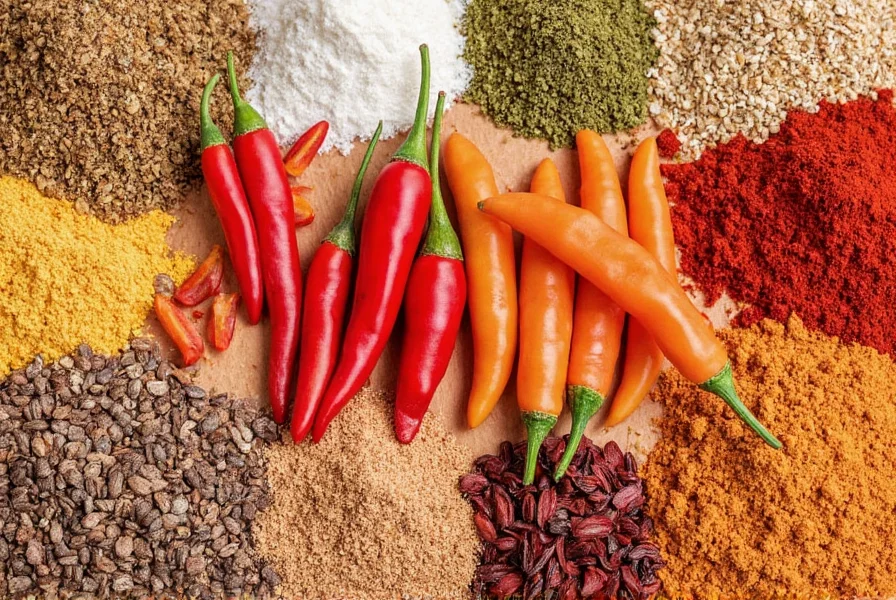
Practical Tips for Cooking with Mexican Spices
Whether you're a seasoned cook or just starting out, here are some tips to help you master the art of using Mexican spices in your cooking:
- Start with the basics: Get to know the foundational spices like cumin, chili powder, and oregano before experimenting with more exotic options.
- Use fresh ingredients: Fresh herbs, ripe tomatoes, and quality chiles can make a huge difference in flavor.
- Toast your spices: Toasting spices like cumin or coriander enhances their aroma and depth of flavor.
- Balance the heat: If you're not used to spicy food, start with milder chiles and gradually increase the heat as desired.
- Experiment with combinations: Mexican cuisine often uses layers of flavor—try combining different spices in small amounts to find your perfect blend.
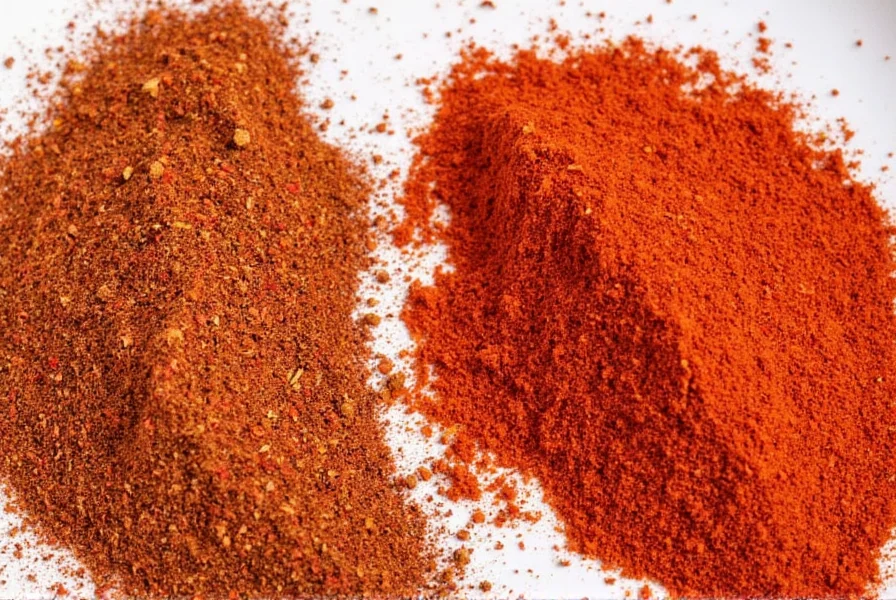
Buying Guide for Mexican Spices and Ingredients
When it comes to cooking authentic Mexican food, the right ingredients can make all the difference. Here’s a guide to help you choose the best products for your kitchen:
1. Ancho Chile Powder
Features: Made from dried ancho chiles, this powder has a rich, smoky flavor with hints of sweetness.
Advantages: Versatile for use in salsas, stews, and marinades.
Use Cases: Ideal for making mole or enhancing the flavor of grilled meats.
Target Audience: Home cooks and chefs who want to add depth to their dishes.
Suitable Occasions: Weeknight dinners, holiday meals, and special gatherings.
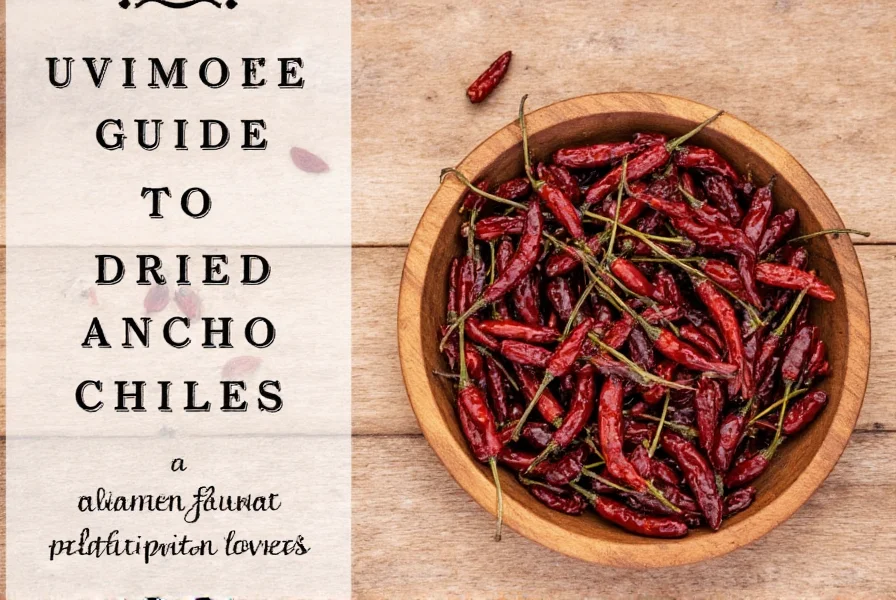
2. Achiote Paste
Features: A vibrant red paste made from annatto seeds, garlic, and other seasonings.
Advantages: Adds color and a unique, nutty flavor to dishes.
Use Cases: Perfect for marinating meats, especially in Yucatecan recipes.
Target Audience: Anyone looking to add authenticity to their cooking.
Suitable Occasions: Barbecues, family dinners, and festive occasions.
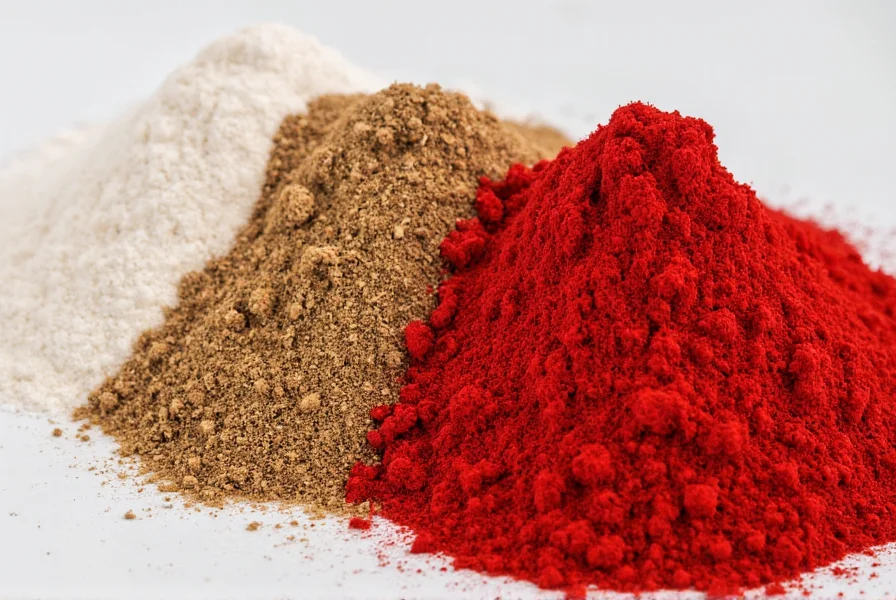
3. Chipotle in Adobo
Features: Smoked jalapeños packed in a tangy adobo sauce.
Advantages: Adds smokiness and a bold, spicy kick to any dish.
Use Cases: Great for making salsas, stews, and barbecue sauces.
Target Audience: Spicy food lovers and adventurous cooks.
Suitable Occasions: Parties, potlucks, and casual dinners.

4. Mole Sauce Mix
Features: A pre-made blend of spices, including chili powder, cinnamon, and chocolate.
Advantages: Saves time while still delivering authentic flavor.
Use Cases: Ideal for making mole at home without spending hours grinding spices.
Target Audience: Busy individuals who want to enjoy traditional Mexican food easily.
Suitable Occasions: Weekends, dinner parties, and special events.
5. Cumin Seeds
Features: Whole cumin seeds with a warm, earthy aroma.
Advantages: Adds depth and complexity to many Mexican dishes.
Use Cases: Used in tacos, beans, and stews for a rich flavor base.
Target Audience: Everyday cooks and home chefs.
Suitable Occasions: Daily meals, family dinners, and casual lunches.

Conclusion
Mexican regional food is a celebration of flavor, culture, and tradition. By understanding the unique spice profiles of different regions and learning how to use them effectively, you can bring the essence of Mexico into your kitchen. Whether you're cooking for a special occasion or simply enjoying a weeknight meal, the right spices can elevate your dishes and connect you to the rich heritage of Mexican cuisine. So, grab your favorite ingredients, experiment with new flavors, and let the spirit of Mexican regional food inspire your next meal.
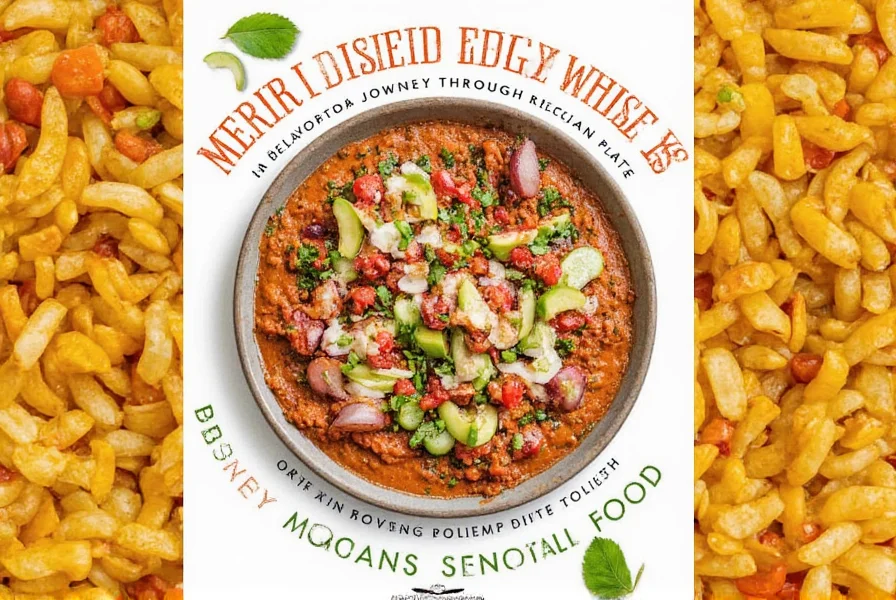










 浙公网安备
33010002000092号
浙公网安备
33010002000092号 浙B2-20120091-4
浙B2-20120091-4